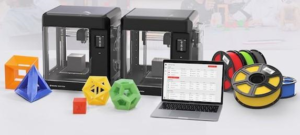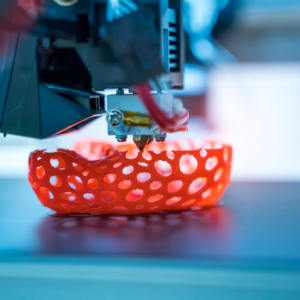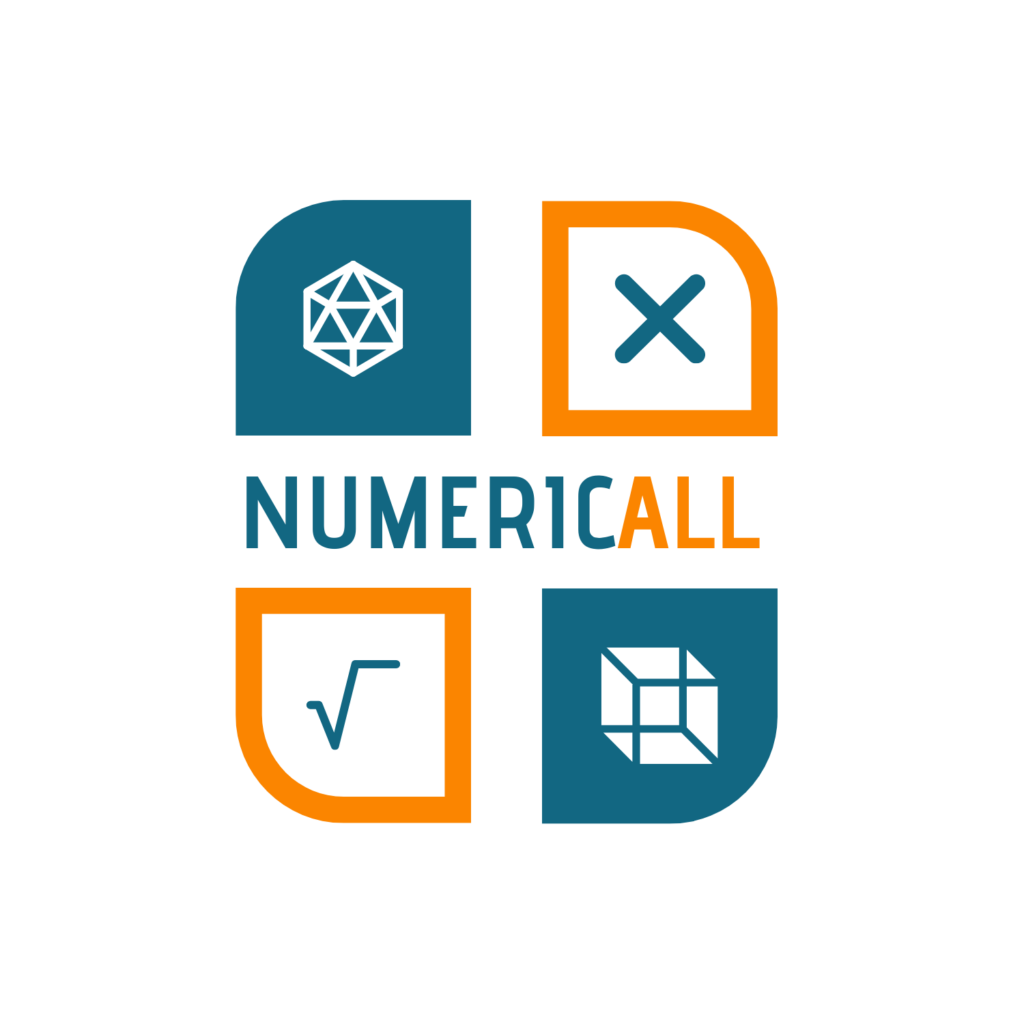In the rapidly evolving landscape of education, the need for diverse and inclusive teaching aids has become paramount. Customization allows educators to address the unique learning needs of every student, especially those who may not benefit from traditional methods. One of the revolutionary technologies paving the way for such individualized learning is 3D printing.
To begin with, 3D printing can turn abstract concepts into tangible objects. This tactile approach can be particularly beneficial for subjects like mathematics and science, where abstract concepts often prove challenging. By turning these ideas into something students can touch and interact with, the learning process becomes more engaging and memorable. When students are introduced to mathematical modeling through 3D printing, they can better grasp intangible concepts.[1] Moreover, the aspiration to materialize an idea into a physical form, encourages students to engage in precise virtual mathematical modeling, cultivate a concise and accurate mathematical vocabulary, and construct sequences of logical, verifiable instructions, ultimately leading to the acquisition of essential mathematical skills.[2]
Furthermore, the hands-on approach not only aids in understanding but also enhances the teaching capabilities of educators. When teachers undergo professional development in this area, their proficiency in conveying mathematical modeling concepts is further enriched.1 Mathematics, often seen as a subject filled with abstract concepts, can be made more accessible and engaging through 3D printing. For instance, visualizing complex geometrical shapes or calculus functions becomes more straightforward when students can touch and interact with 3D printed models. This tactile approach fosters both mathematical and design thinking, allowing students to see the practical applications of what they learn.[3] In addition, 3D printing is not just a tool but a powerful learning catalyst. It encourages active learning, where students are not just passive recipients of information but active participants in the learning process. By integrating science, technology, engineering, and mathematics, 3D printing projects can be designed to challenge students’ problem-solving and design-thinking skills. This hands-on approach ensures that learning is not just confined to textbooks but spills over into real-world applications.[4]
Furthermore, customized learning materials, especially for special needs education, can often be expensive. 3D printing offers a cost-effective solution. Once a design is created, it can be printed multiple times at a fraction of the cost of traditional manufacturing. Schools can thus produce as many units as needed without significant additional costs. When compared to traditional manufacturing methods, 3D printing stands out due to its additive nature. Traditional methods often involve subtracting material, leading to waste. In contrast, 3D printing adds material layer by layer, minimizing waste. This not only makes it environmentally friendly but also economically efficient. Schools and institutions can thus produce materials without the overhead costs associated with traditional manufacturing.[5]

https://www.tctmagazine.com/downloads/14709/download/MakerBot%20SKETCH%20Classroom%20Hero.png?cb=fe46e82a241459e6e11c91504cc08246
Moreover, incorporating 3D printing into the curriculum allows students to collaborate on projects, fostering teamwork. 3D printing has emerged as a pivotal tool in STEM education, promoting active participation, design-centric thinking, and problem-solving skills. By integrating 3D printing into STEM projects, students are encouraged to collaborate, brainstorm, and iterate on their designs. This hands-on approach not only solidifies their understanding of complex concepts but also nurtures a spirit of teamwork and cooperation.[6]

Canva
Lastly, one of the projects exemplifying the power of 3D printing in education is the ‘Numeric[All]’ project. Aimed at illiterate adult learners, the project uses 3D printed, non-formal mathematical tools to bolster basic educational and, absolutely crucial for the user, professional skills. By using such innovative tools, adult learners can engage with content in a more meaningful manner.
[1] Asempapa, Reuben & Love, Tyler. (2021). Teaching Math Modeling through 3D-Printing: Examining the Influence of an Integrative Professional Development. School Science and Mathematics. 121. 85-95. 10.1111/ssm.12448.
[2] Levin, Laura & Verner, Igor. (2020). Fostering students’ analytical thinking and applied mathematical skills through 3D design and printing. 10.1109/EDUCON45650.2020.9125358.
[3] Ng, Tsz Kit & Tsui, Ming & Yuen, Manwai. (2022). Exploring the use of 3D printing in mathematics education: A scoping review. Asian Journal for Mathematics Education. 1. 338-358. 10.1177/27527263221129357.
[4] Wisdom, Sonya & Novak, Elena. (2019). Using 3D Printing to Enhance STEM Teaching and Learning: Recommendations for Designing 3D Printing Projects. 10.1163/9789004415133_010.
[5] Haghsefat, Kianoush & Tingting, Liu. (2020). 3D Printing and Traditional Manufacturing Technology Analysis and Comparison.
[6] Wisdom, Sonya & Novak, Elena. (2019). Using 3D Printing to Enhance STEM Teaching and Learning: Recommendations for Designing 3D Printing Projects. 10.1163/9789004415133_010.





